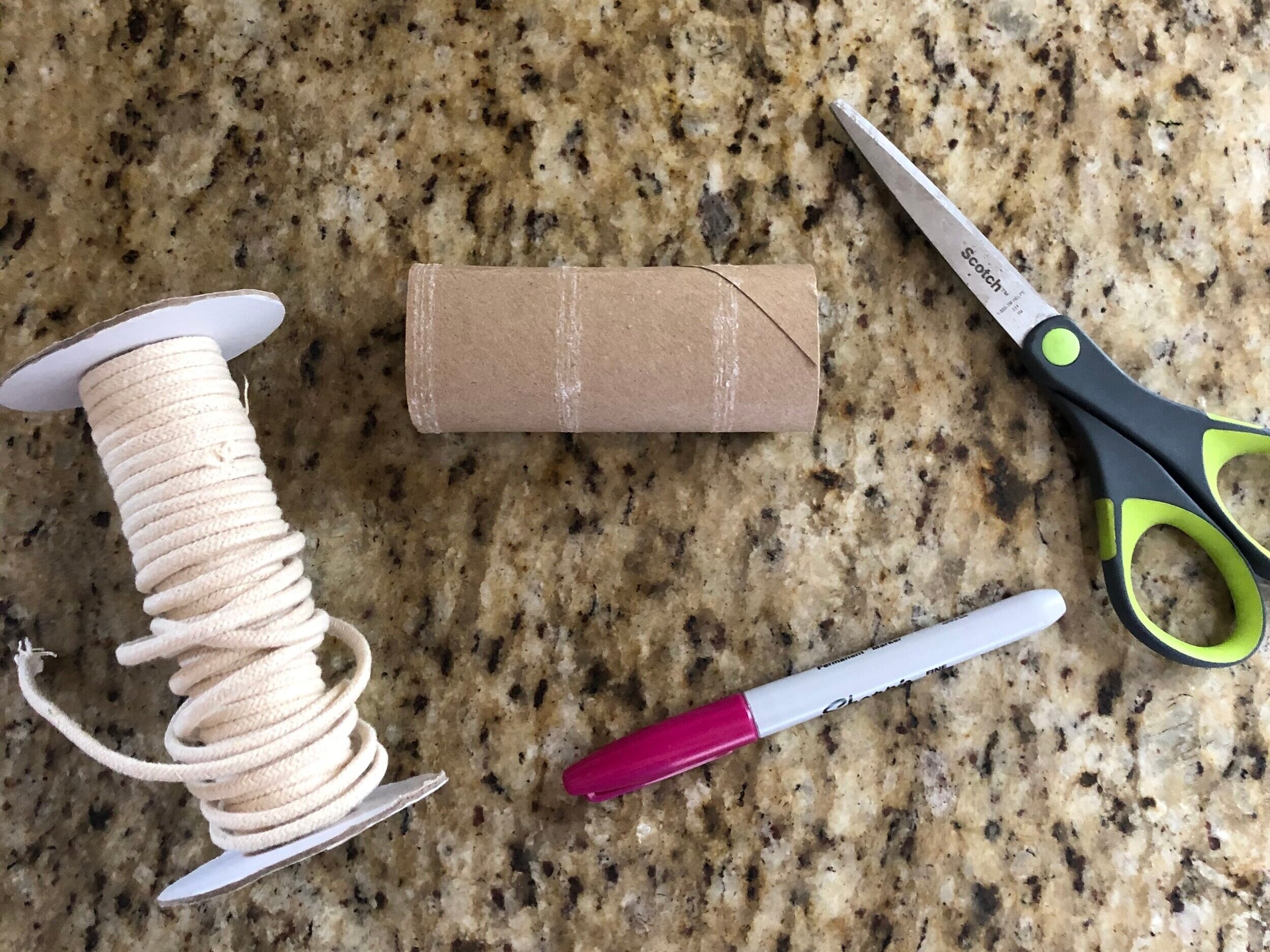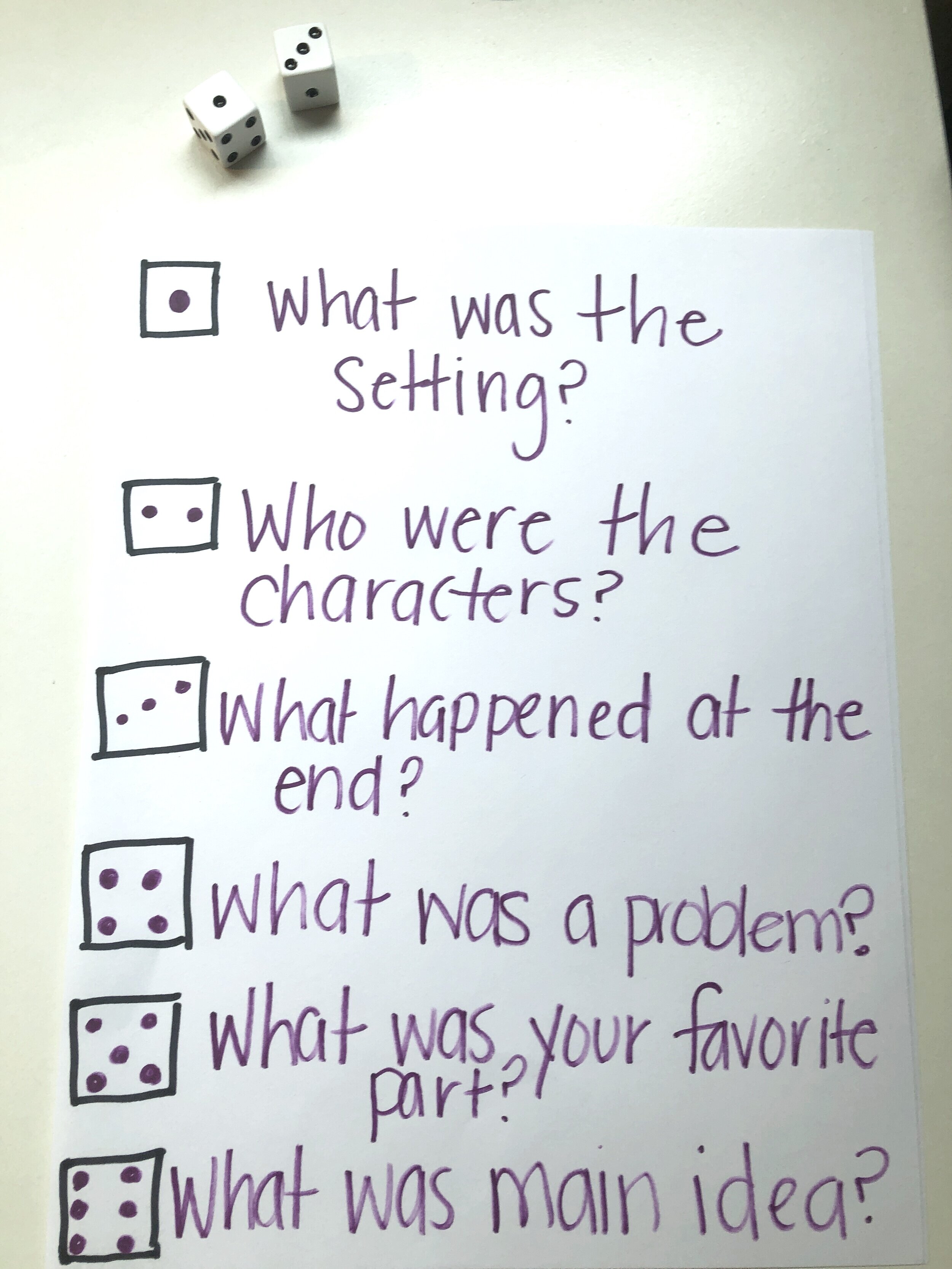Make Letters Fun!
Make letters more enticing for your child by doing a few simple, easy tricks! All you need to do is take something highly motivating for your child and put it behind the letters. This was made right on word!
Letter Activities
Slap It!
All you need is a set of post its with letters on them and a spatula or fly swat
Shout out a letter and have your child slap it as quickly as they can. Add another person in to make it a fun competition!
“Tracing”
Working on letters through tracing activities can be tedious for children. Let’s get creative! Have your child work on creating letters using cooked spaghetti, licorice, or other food items!
Letter Bingo
Letter Pong
To play letter pong all you need are plastic cups and a small ball of some sort (ping pong ball, bouncy ball)
Write a letter on each cup and have your child throw the ball into the cup of the letter you shout out
Phonics
Spin the Roll!
Toilet paper and paper towels are a hot commodity right now so let’s take full advantage of having some and make use of those rolls! All you need for these activities are yarn, paper towel or toilet paper rolls, scissors and a marker.
Below’s setup can be used to spin and rhyme, work with word families, or work on beginning sounds.
If you want to modify the activity, cut the roll into three’s to sound out CVC words, four’s to sound out CCVC words, or work on middle and ending sounds.
Beginning Sounds Around the House
Write big letters on a piece of paper and have your child go around the house and sort the items by their beginning sounds. You can also use hula hoops or chalk it outside to create groups!






